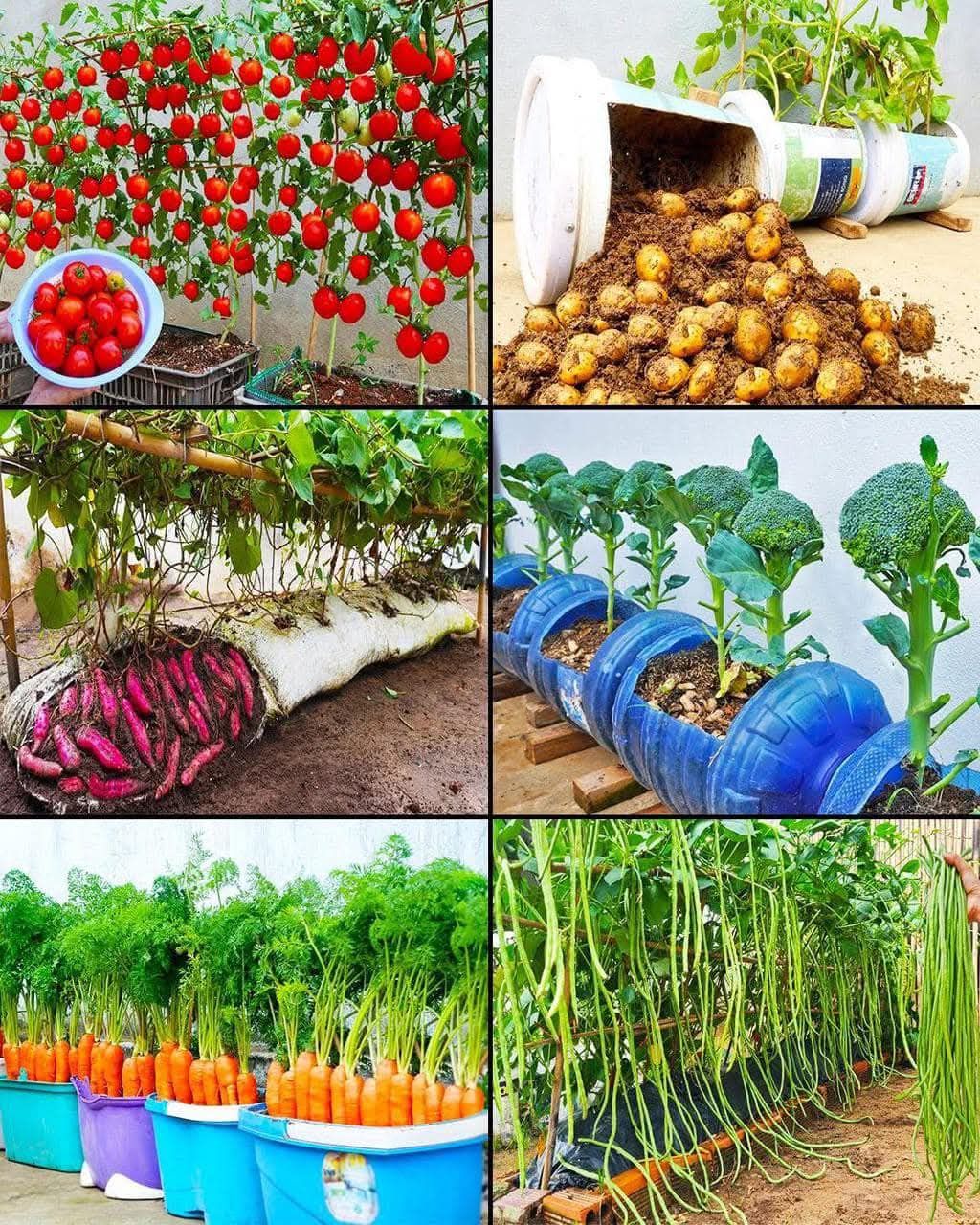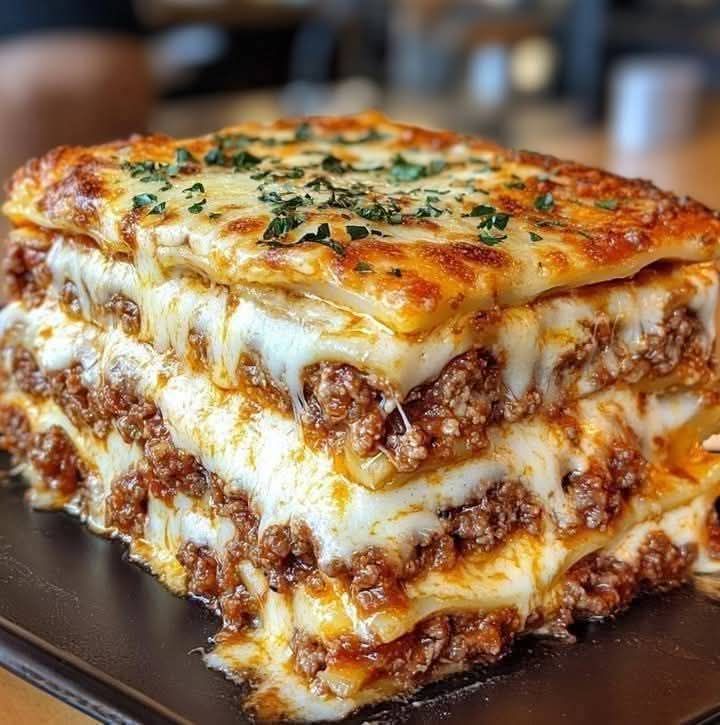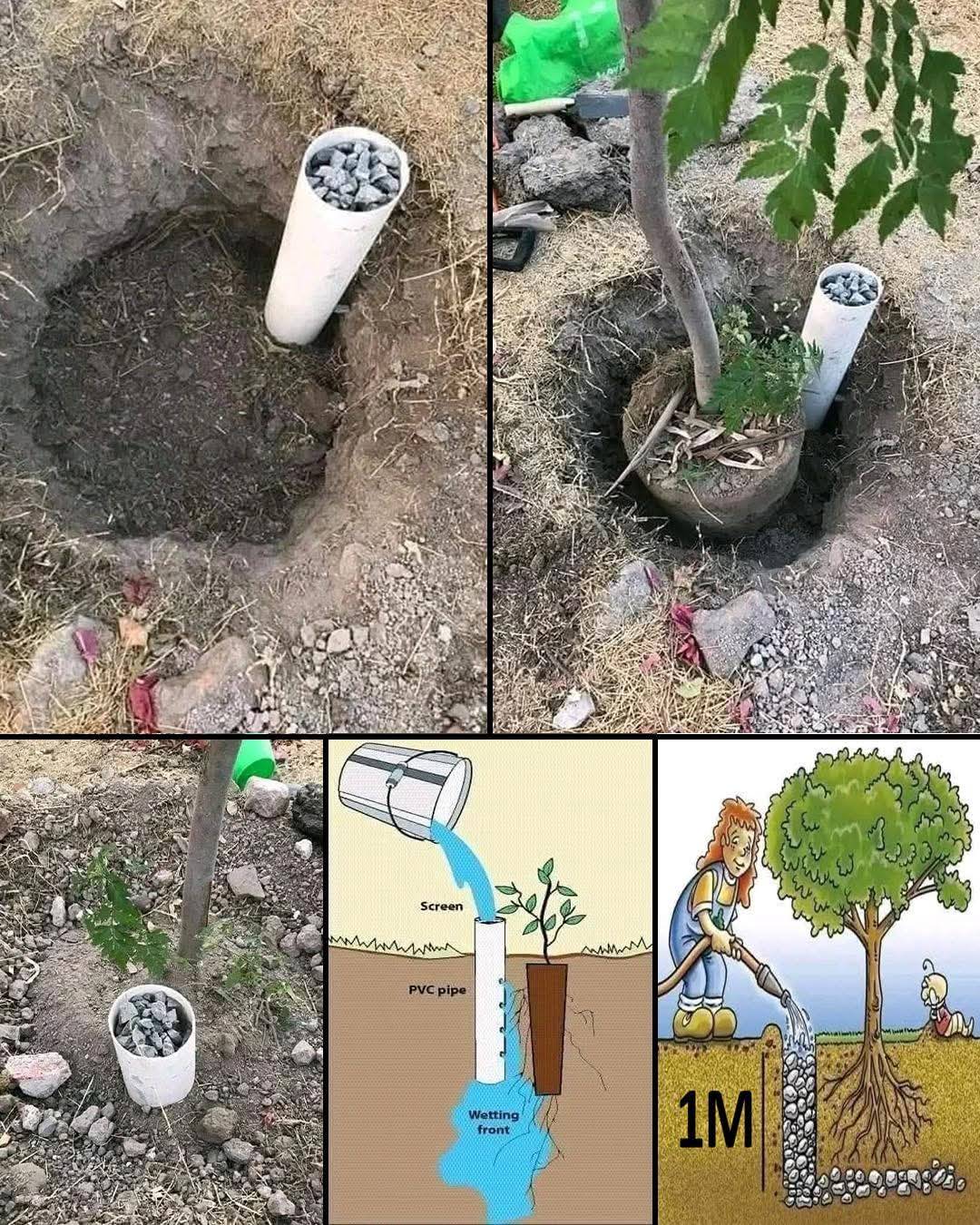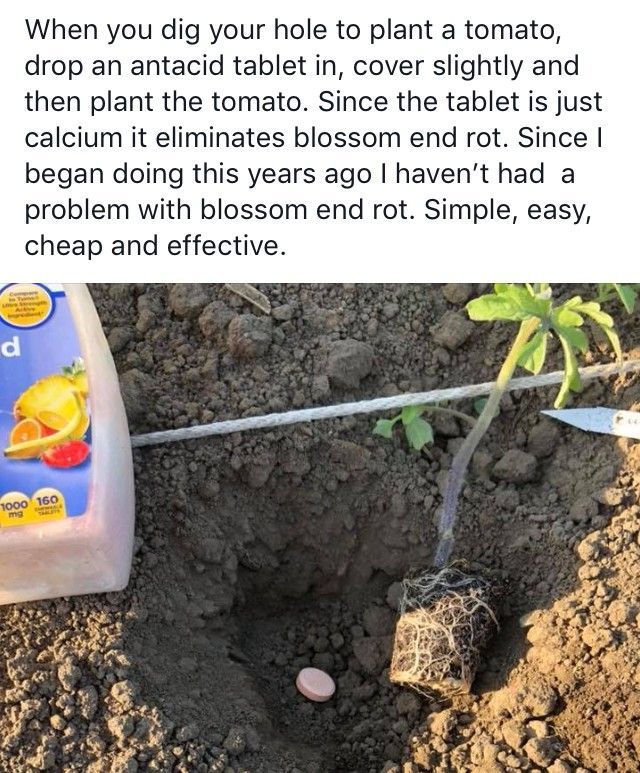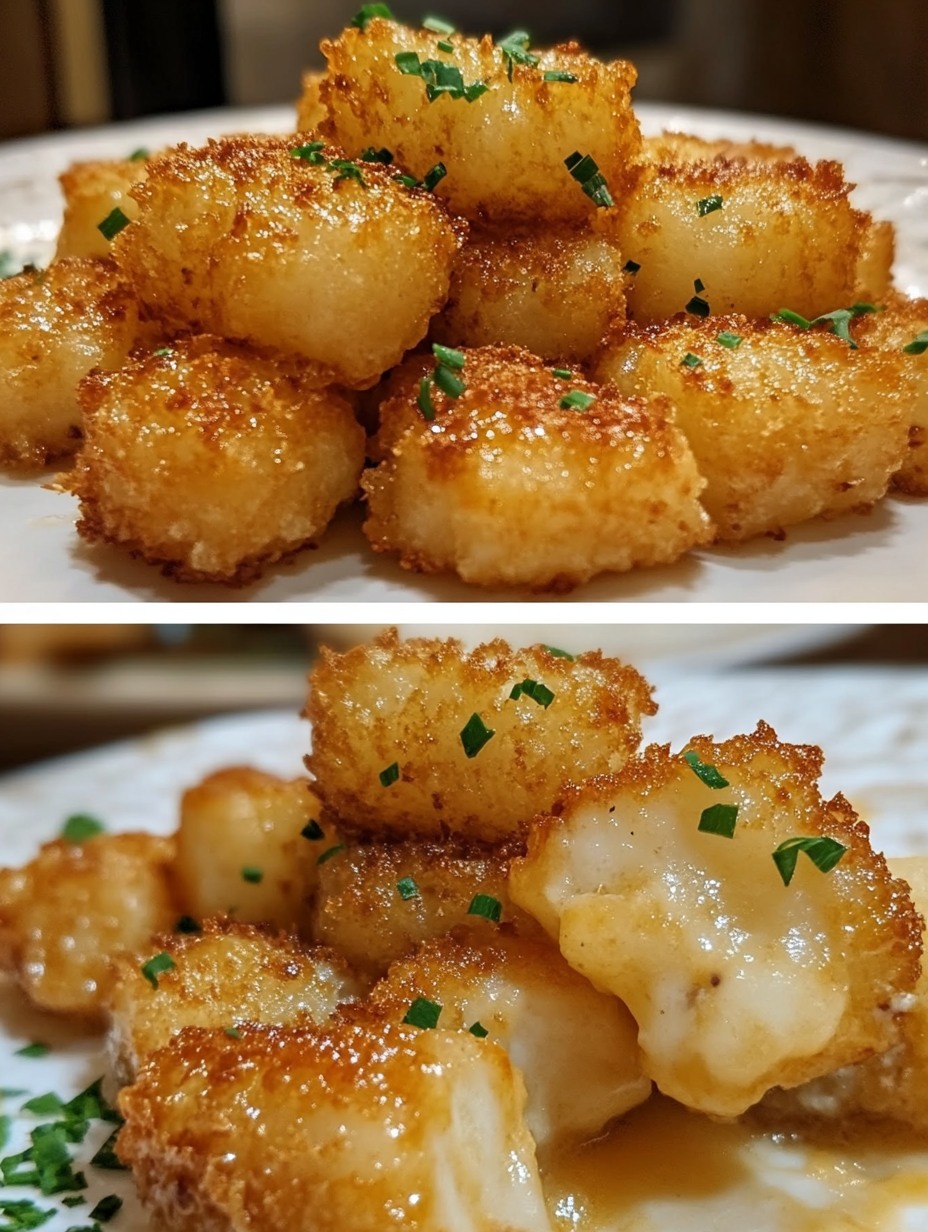Container gardening has become an increasingly popular way to grow fresh vegetables, especially for people who don’t have large yards or space for a traditional garden. If you’re living in a small apartment or have limited outdoor space, growing vegetables in containers can be a fantastic solution. Green vegetables, in particular, are well-suited for container gardening because they typically don’t need as much space to grow. If you’re considering starting a container garden, here are six green vegetables that grow exceptionally well in containers:
1. Spinach
Why it works: Spinach is an excellent vegetable for container gardening because it’s compact and grows quickly. It’s a cool-weather crop that doesn’t require too much space and can thrive in a container on a balcony or patio. Whether you’re looking for a quick harvest for salads or smoothies, spinach is an ideal choice.
Container size: A shallow container is all you need to grow spinach. The depth of the container should be around 6-8 inches, which is enough for the spinach’s shallow root system. You can grow multiple plants in a single container, just make sure to leave enough space between them for airflow.
Care tips:
- Spinach prefers partial shade, especially during the hotter months, so it’s perfect for a spot that gets some sun and some shade throughout the day.
- Keep the soil consistently moist, but not waterlogged, as spinach can be sensitive to excessive wetness.
- Regular harvesting of leaves encourages new growth. You can start picking leaves once they’re big enough, or you can harvest the outer leaves while letting the inner leaves continue to grow.
Spinach also tends to bolt (go to seed) when temperatures rise, so it’s best to plant it early in the spring or in the fall when temperatures are cooler. In warmer climates, growing spinach in containers allows you to move it to a cooler, shaded spot as the temperature rises.
2. Lettuce
Why it works: Lettuce varieties like romaine, butterhead, and loose-leaf are fast-growing and thrive in containers, making them perfect for gardeners with limited space. Lettuce doesn’t require deep soil to grow, so it works well in shallow pots. With a little care, you can have a continuous harvest of fresh, crisp lettuce leaves all season long.
Container size: A wide container, at least 6 inches deep, is sufficient for growing lettuce. Since lettuce has a shallow root system, the key is to ensure there’s enough room for the plants to spread out and form healthy leaves.
Care tips:
- Keep the soil moist, as lettuce doesn’t do well in dry conditions. It’s especially important to water it regularly during warm weather.
- Lettuce thrives in partial sunlight, so placing your container in a spot that gets some morning sun and afternoon shade is ideal.
- Succession planting is a great strategy for continuous harvests. To do this, plant new seeds every 2-3 weeks, ensuring a steady supply of fresh lettuce throughout the growing season.
- Be vigilant about harvesting outer leaves regularly. This will help the plant continue to grow new, tender leaves.
Lettuce grows quickly and can be ready for harvest in as little as 30 days, depending on the variety, which makes it perfect for those who want to start harvesting vegetables in a short amount of time.
3. Kale
Why it works: Kale is a hardy, leafy green that is very well-suited for container gardening. It grows well in cooler weather, making it perfect for spring and fall planting. Kale thrives in a container environment, and its compact growth habits allow it to fit into smaller spaces.
Container size: Kale needs a container that is at least 12 inches deep to accommodate its roots. A wide container will give the plants enough space to spread out as they grow.
Care tips:
- Kale loves the sun, so choose a spot where the container will get at least 6-8 hours of sunlight each day.
- Water the plants regularly, but make sure the soil drains well. Kale prefers moist, well-drained soil.
- Harvest outer leaves regularly. Pick them when they’re large enough to eat but avoid taking too many leaves at once, as this will slow the plant’s growth.
- To avoid pests, such as aphids and caterpillars, you may want to cover your kale with an insect net or keep an eye on it for any signs of infestation.
Since kale can tolerate cooler temperatures, it’s great for extending your growing season in both spring and fall. Plus, the more you harvest, the more the plant will continue to produce new leaves.
4. Swiss Chard
Why it works: Swiss chard is not only a highly nutritious green, but it’s also visually appealing, with its vibrant, colorful stalks. Swiss chard’s versatility and ease of growth make it a great choice for container gardening. It is perfect for small spaces like balconies, patios, or even windowsills.
Container size: Swiss chard needs a container that is at least 12 inches deep, as its roots can grow fairly long. Ensure the container has good drainage, as Swiss chard does not like to sit in waterlogged soil.
Care tips:
- Swiss chard grows best in full sun to partial shade. In very hot climates, it may benefit from some afternoon shade.
- Keep the soil evenly moist, but make sure it doesn’t stay soggy. Good drainage is key.
- Harvest the outer leaves regularly to promote new growth. You can pick the leaves as soon as they are large enough to eat.
- Swiss chard is relatively pest-resistant, but keep an eye out for any common garden pests such as aphids, slugs, or snails.
Swiss chard is a great vegetable for growing in containers because it has a long harvesting period. The more you pick, the more the plant will continue to grow, making it a perfect vegetable for consistent harvests throughout the growing season.
5. Green Beans (Bush Varieties)
Why it works: Bush beans are a compact variety of beans that don’t require a lot of vertical space, making them perfect for container gardening. They are easy to grow and produce an abundant harvest, even in small spaces. Green beans are perfect for adding to salads, stir-fries, and many other dishes.
Container size: A pot at least 12 inches deep and wide is recommended for growing bush beans. This will give them enough room to grow their roots and produce a good yield.
Care tips:
- Green beans thrive in full sun, so place the container in a spot that gets at least 6-8 hours of sunlight each day.
- Beans prefer well-drained, nutrient-rich soil, so make sure the pot has drainage holes.
- Water regularly, especially during dry periods, but avoid over-watering, as the roots can rot in soggy soil.
- Bush beans do not require a trellis, but providing a small support or stake can help keep the plants upright as they grow.
Green beans are a relatively low-maintenance crop, and they tend to grow quickly, which is a bonus for those who want a fast turnaround. Additionally, bush varieties don’t take up too much space, so they are ideal for container gardening.
6. Cucumber (Bush Varieties)
Why it works: Bush cucumbers are compact and perfect for container gardening. Unlike their vine counterparts, bush cucumbers don’t require a large amount of space, making them perfect for small containers. With proper care, they will produce a plentiful harvest of crisp cucumbers.
Container size: Bush cucumbers require a container that is at least 12 inches deep and wide. If space allows, you can use a trellis to help the plants grow vertically and save room.
Care tips:
- Cucumbers love the sun, so place them in a location that receives full sunlight (at least 6-8 hours per day).
- Keep the soil consistently moist, as cucumbers need a lot of water to produce crisp, tender fruit.
- Regularly check the plants for signs of pests, such as cucumber beetles or aphids. You may want to cover the plants with insect netting to protect them.
- Harvest cucumbers frequently to encourage continued production.
Bush cucumbers can yield a great harvest even in small spaces, and because they don’t require extensive vine growth, they are perfect for growing in containers on balconies or patios.
General Container Gardening Tips
Growing vegetables in containers can be an incredibly rewarding experience, especially if you’re working with limited space. Here are a few general tips to help ensure your container garden thrives:
- Choose the Right Pot: Ensure that the container has proper drainage holes to prevent water from pooling at the bottom. Standing water can lead to root rot and other plant diseases.
- Soil Quality: Use high-quality potting soil that’s designed for container gardening. Adding compost can also provide essential nutrients and improve the soil’s structure.
- Watering: Containers dry out faster than garden beds, so it’s important to check the soil moisture regularly. Water deeply when needed but avoid letting the soil stay soggy.
- Fertilizer: Feed your vegetables with a balanced liquid fertilizer every 2-3 weeks to ensure they get the nutrients they need.
- Sunlight: Most green vegetables need at least 4-8 hours of sunlight each day to thrive. If you’re growing vegetables indoors or in a shaded area, consider using grow lights.
With the right care, these six green vegetables will thrive in containers and provide you with a steady supply of fresh, home-grown greens. Whether you’re an experienced gardener or just starting out, container gardening is a fantastic way to grow your own food in limited space. Happy gardening!

